We associate robin’s egg blue with Tiffany & Co. “Coca-Cola red” might not be an official Pantone color, but it’s just as recognizable. A certain variation on bright pink is commonly known as “Barbie Pink” for its association with the brand. Chocolate companies Cadbury and Nestle have a history of fighting over a specific shade of royal purple.
Brands and advertising professionals have long understood the power of color, using the color wheel to design instantly-recognizable logos, create eye-popping packaging, and conceptualize branded photoshoots. As a commercial photographer, color remains one of the most essential tools at your disposal, helping you to tailor your portfolio to the right clients.
We think of color as universal, but our understanding of colors—and the emotions they elicit—can change based on cultural cues, drawn from history, art, politics, and religion. For that reason, one color could represent happiness in one country, while evoking feelings of danger in another. The colors you use will ultimately depend on your audience, their perceptions, and their values. Here are just a few examples to keep in mind when brainstorming for your next photography shoot.
Red
In ancient Rome, red was worn by soldiers and gladiators but also brides. In China, where red represents hope, celebration, and good luck, brides still wear red. In Indian tradition, brides wear red in the form of henna (on the hands) or sindoor, a red dye. Perhaps unsurprisingly, then, red has also come to symbolize love and passion across several cultures.
Red is also the color of blood, so many of its symbolic meanings refer to this fact. In the Pan-African flag, red represents the bloodshed in the fight for liberation. In English-speaking countries, the phrase “seeing red” has also drawn associations between this color and anger or danger. Consider warning signs such as the “Stop” sign in the United States.
Red can also be bold and energizing; according to researchers, in fact, it’s considered too stimulating to have in learning environments such as libraries and study spaces. Sale signs and stickers also tend to be red because of the color’s ability to drive action.
Blue
First discovered by the ancient Egyptians, blue was expensive to make, so it was mostly linked to wealth and divinity. Over time, blue has come to symbolize trust, peace, and authority across multiple cultures, due, in part, to its association in art history with the Virgin Mary.
You’ll often see this color used throughout the marketing of companies where trust and security are essential, such as banks and other financial institutions. At the same time, blue has also been tied to feelings of melancholy or sadness; consider, for example, Picasso’s “blue period” or the phrase “the blues.”
Yellow and gold
In China, yellow has historically been associated with nobility. Because of its associations with gold, it can also connote luxury or wealth. In ancient Egypt, gold was also linked with divinity, termed the “flesh of the gods.” In Japanese culture, yellow might represent courage, while English-speaking countries might connect the same hue with weakness or cowardice. In some Latin American countries, yellow draws associations with death or mourning.
Recent studies suggest that today, many of us associate yellow with feelings of happiness or playfulness, perhaps due to the color’s connection to sunshine. In 2021, as we emerged from the first year of the pandemic, the Pantone Color Institute selected a yellow hue, called Illuminating, as one of their colors of the year, meant to symbolize hopefulness.
Purple or violet
In European countries, the color purple often represents wealth or luxury. Until the 1850s, when synthetic purple was discovered, the color was extremely expensive to produce, meaning that only the rich could afford it. Additionally, in some cultures, lavender has served as a symbol of resistance and empowerment in the LGBTQ+ community, potentially due to its association with the lyric poet Sappho.
Because it combines the calm of blue with the vitality of red, purple can sometimes be seen as a marriage of opposites, eliciting ambiguous feelings. In Brazil, purple is sometimes associated with mourning, as it’s customarily worn at funerals.
Orange
In Chinese culture, orange recalls ideas of immortality, due to the symbolism of the marigold flower. In Hinduism, saffron represents purity and has sacred associations. In the Netherlands, it’s a patriotic color. In the United States, orange recalls memories of autumn and the harvest. As orange is the color of fire, many also associate it with warmth or comfort.
Green
Across cultures and continents, we associate green with the natural world, with its connection with the environmental movement emerging in the 1970s. In the Mexican flag, the color green represents independence.
In the Pan-African flag, it symbolizes growth and fertility. In the English language, the word “green” is actually a relative of the word “grow.” In Islam, green is sacred. Due to its association with Ireland, some also link green with the concept of luck or good fortune.
In the United States, thanks to the dollar bill, green sometimes evokes ideas relating to money. While often associated with good health, green can also symbolize the opposite (consider, for example, the term “green around the gills”), and its connection with envy has been around since Shakespeare first coined the term “green-eyed monster.”
Pink
Pink is light red, so it comes with many of the same associations, including love, romance, and femininity. In some cultures, pink takes on a meaning of its own; in Korea, for instance, it’s come to represent trust. In Japan, it’s linked to springtime. In the English language, the phrase “rose-colored glasses” suggests the color’s connection to joy or optimism.
Black
Black and white aren’t (technically) colors, but they have layers of meaning across generations, so they’re worth including. Black has been linked to death for centuries; the ancient Greeks, for example, placed Hades, the god of the underworld, on a black throne. But it can also represent the opposite: ancient Egyptians, for instance, associated black—the color of soil—with life and fertility.
In Japan, black cats are lucky. Like purple, black can also signify wealth or status, as it was popularized by 14th-century Italian Dukes and Counts. Today, it continues to represent sophistication, elegance, and formality, especially in the world of fashion.
White
With a history dating back to ancient Egypt, where it was worn by priestesses, white evokes associations with purity or virtue. In Western culture, it’s been associated with brides as well, due in large part to Queen Victoria’s trendsetting wedding dress. In China, on the other hand, white conjures associations with mourning. At Buddhist funerals, guests wear white.
Of course, we’ve just covered the tip of the iceberg here, but we hope these references will provide a point of departure for further research and experimentation for Licensing Contributors on 500px.
As our understanding of color evolves, new trends will emerge, bringing with them fresh ideas and inspiration. And believe it or not, new colors are still being discovered. In 2009, chemists at Oregon State University created a new kind of blue—the first inorganic blue pigment developed in two centuries. Last year, it was made available for commercial use.
Not on 500px yet? Click here to learn about Licensing with 500px.
The post Color symbolism around the world appeared first on 500px.
[NDN/ccn/comedia Links]
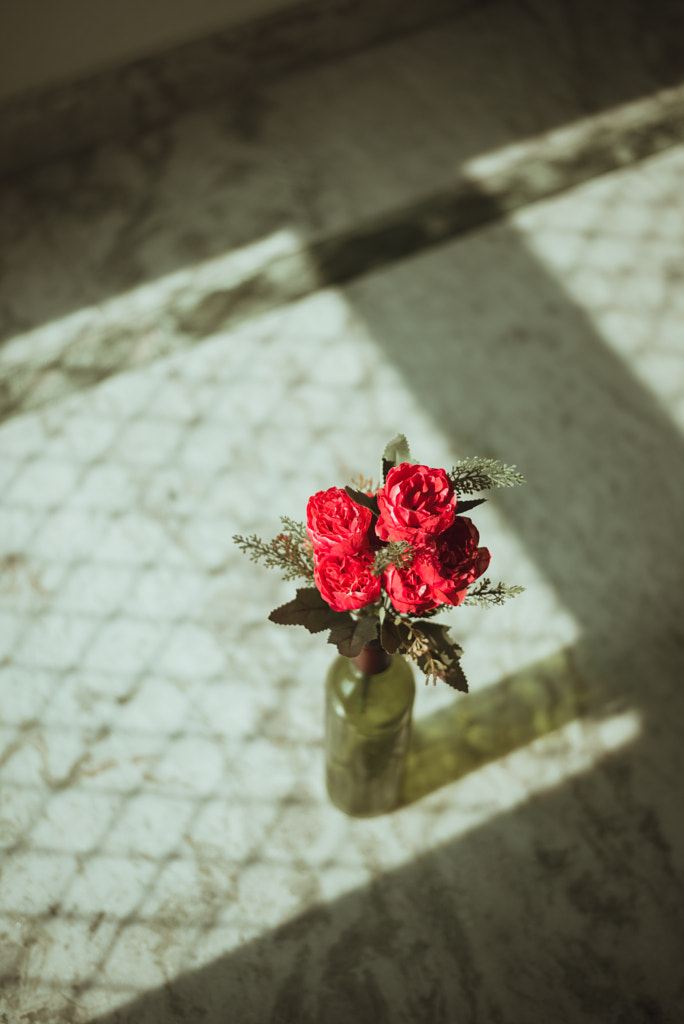
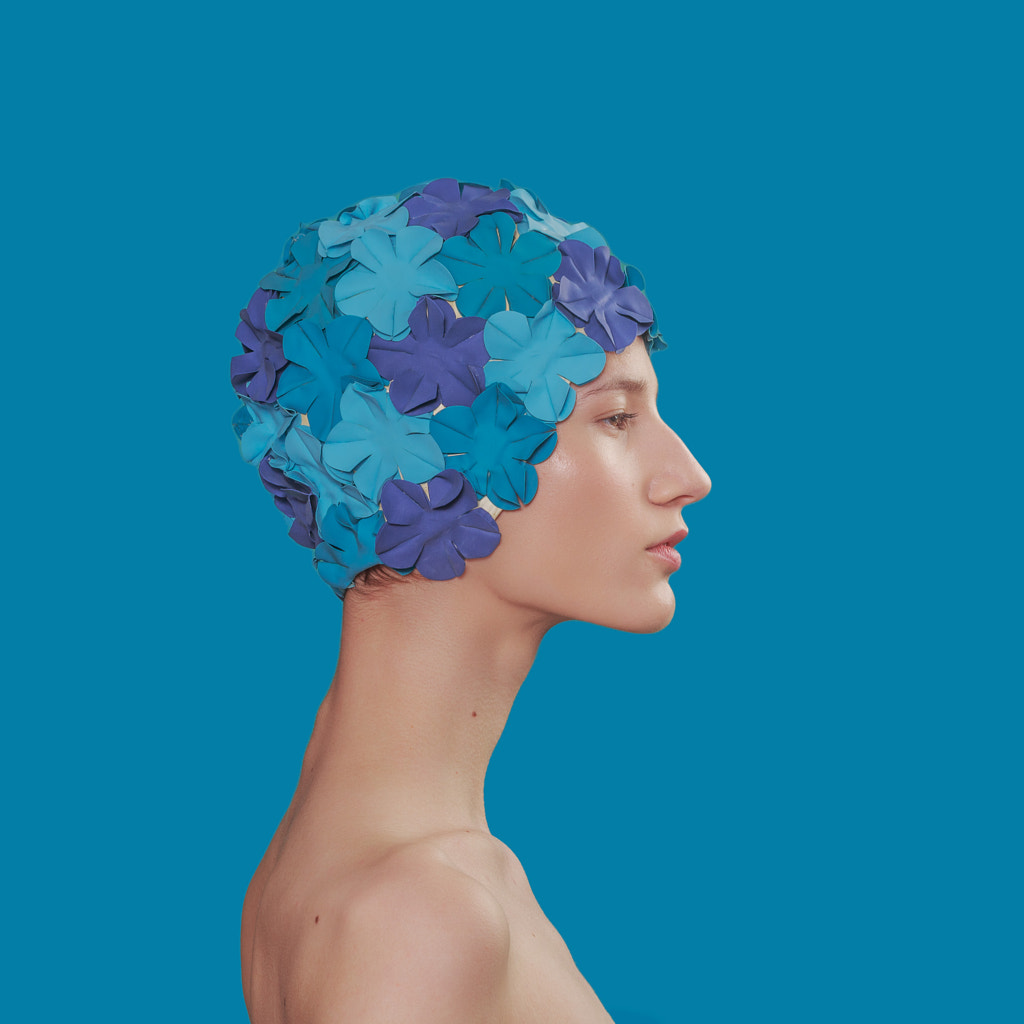

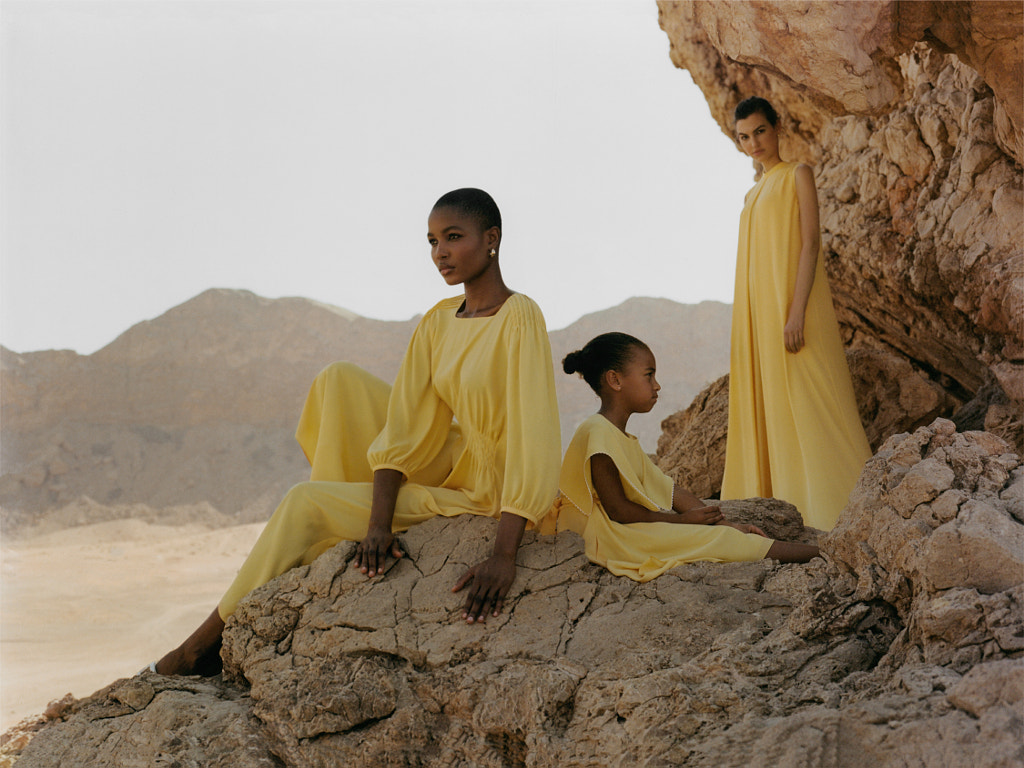
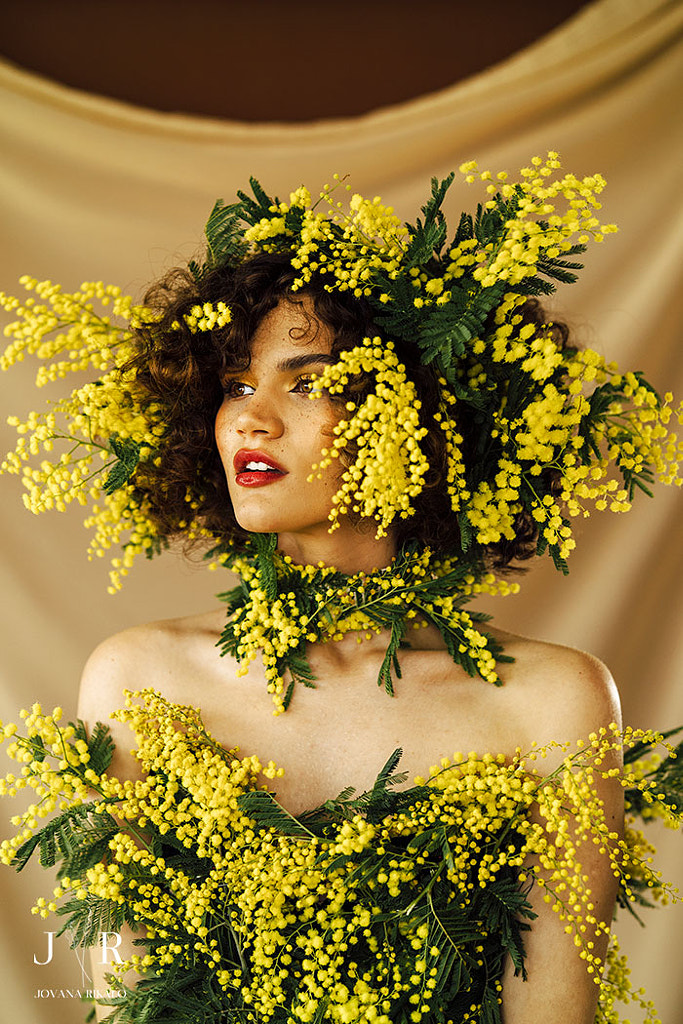





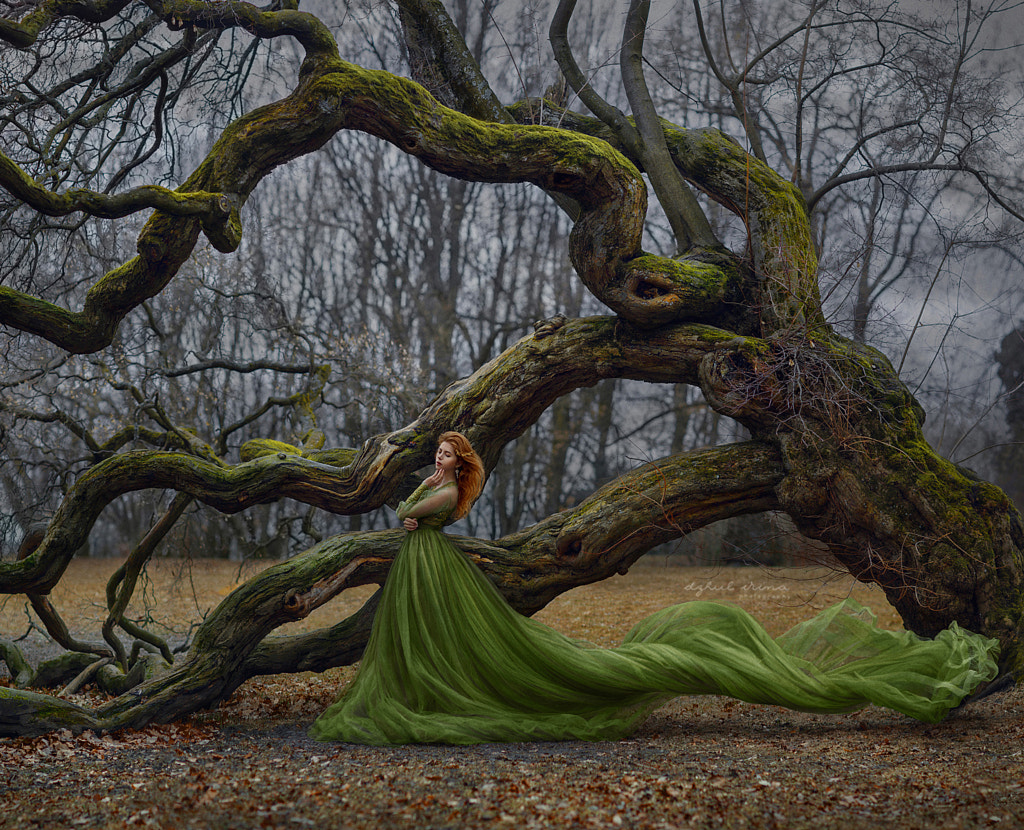


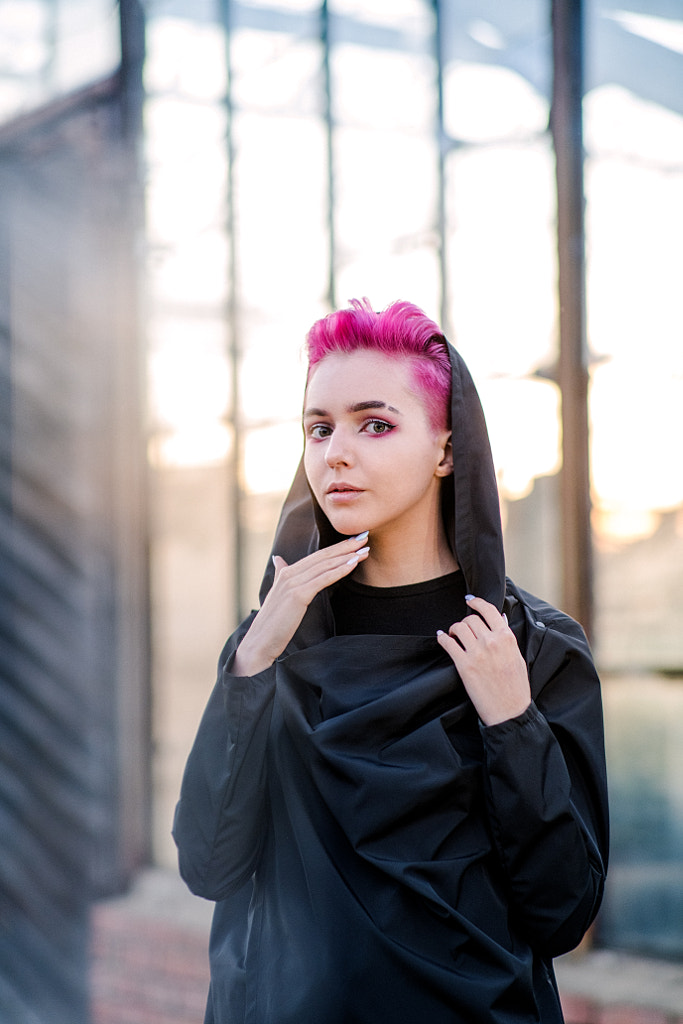



No comments:
Post a Comment